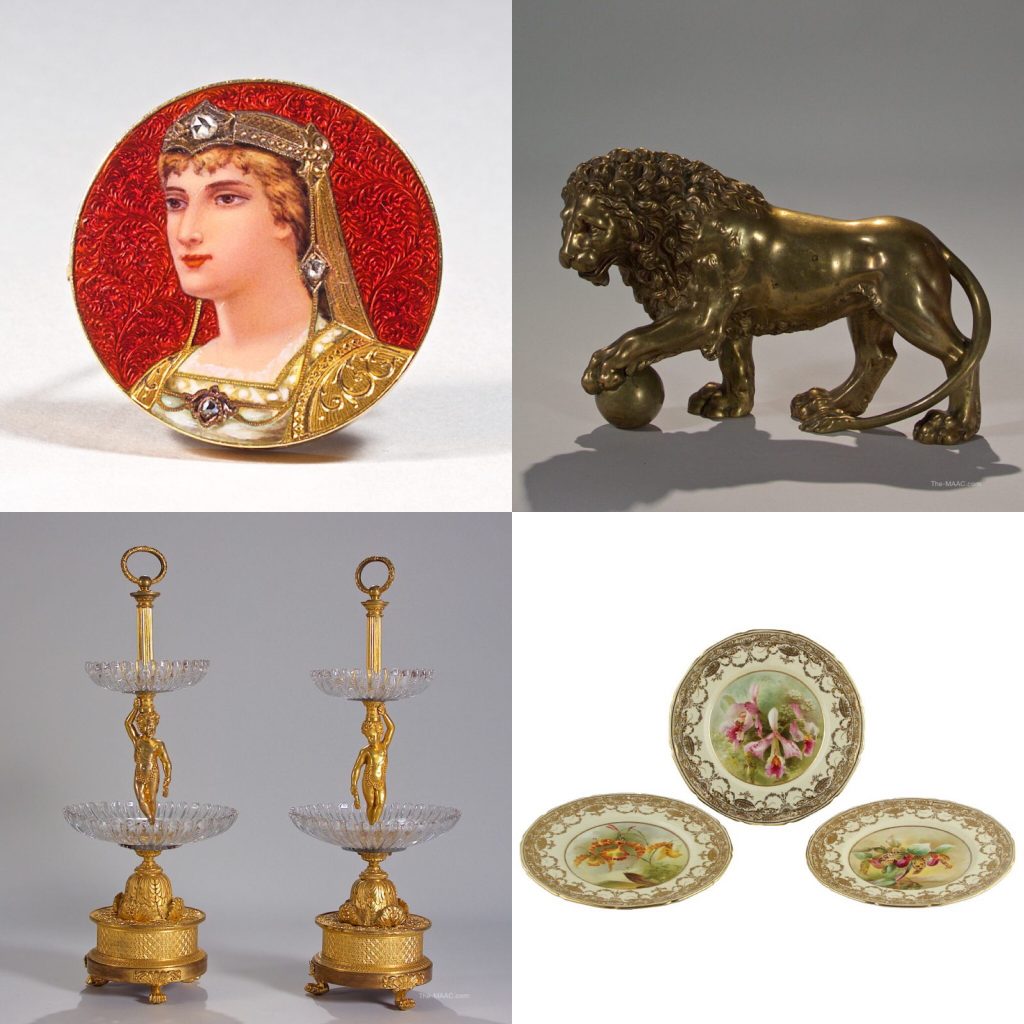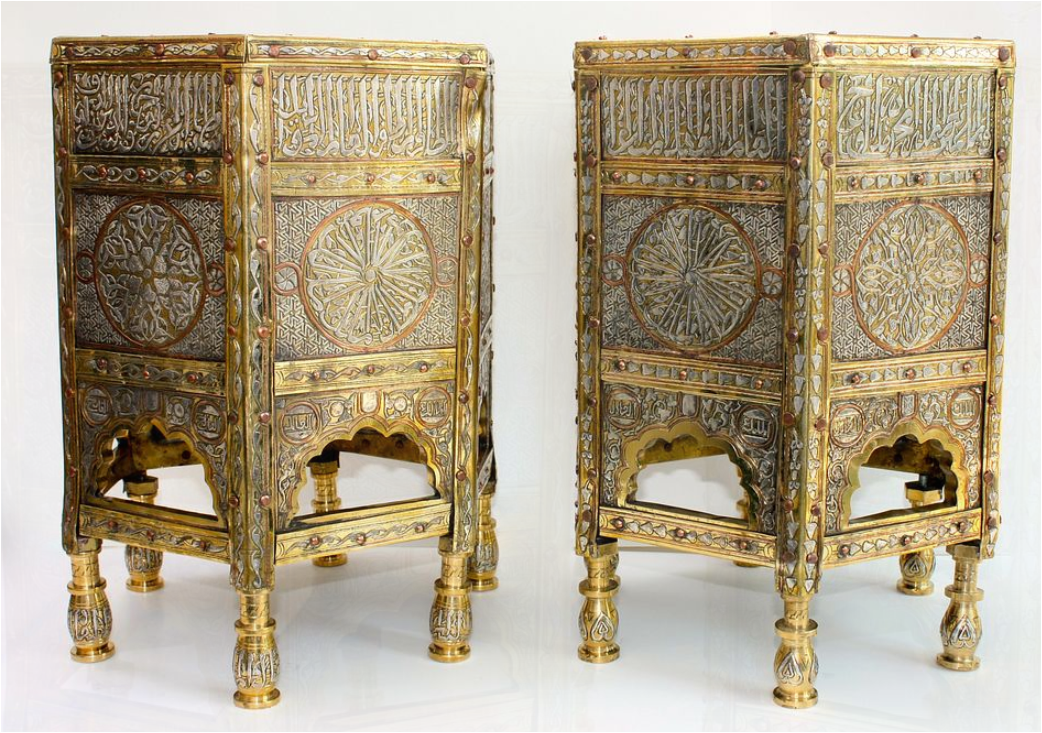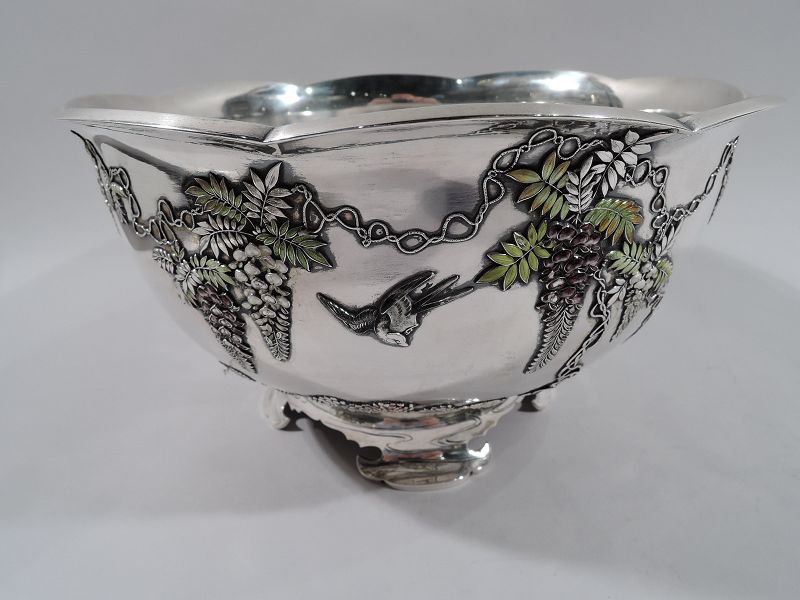The 10 Essential Questions to Ask When Buying Antiques (Part 3)

We’d like to help you find the best antiques. So we’ve created these 10 essential questions to ask when purchasing.
(Read Part 1 & 2.)
7) What does the term “provenance” mean?
Provenance refers to the “proof” of a piece’s authenticity as an antique. Its age and where it has come from before landing in the dealer’s shop. Provenance can be given in the form of purchase receipts, professional appraisals, historic records, validated documents from auction houses and photographs.
Provenance will usually only be provided for rare and expensive items. It is essential documentation if you ever decide to resell the item in the future. It also is necessary to give to the insurers of the piece.
8) What are the signs of fakes and forgeries
There are many “fakes” on the market and you must be well versed in the telltale signs of a forgery. Its important to note that reproductions have a legitimate place in the antiques market as long as the dealer is upfront with you from the get go. If you ask the dealer if it is a genuine antique and the reply is yes and it is discovered to be a “fake” then they have committed a fraudulent activity and have to answer to the law. So you must always ask the question out right.
If you hear the words, “I’m not sure” or “it could be”, err on the side of caution and don’t buy the item. If you hear the terms “inspired by” or in the style of “Louis XV” or “limited edition” you’re in the presence of a rococo rip-off. This goes back to your education in antiques where you will be taught to know your antique marks. You will have the right antique terms on your tongue and know the signs of quality. Most reputable and established dealers and auctioneers will usually provide a guarantee against forgery.
Here are a few tips for looking at wooden antique furniture:
- Look for signs of age like boards separating on the seam lines.
- Black marks showing that there has been exposed to water (perhaps from a pot plant standing on top of it)
- Nicks on the corners
- Worm holes (not made by a drill)
- Take out all of the drawers and there should be irregular dovetail joints on the bottom and sides. You are also looking at an indication of wear and tear from its opening and closing hundreds of times.
- Another sign of age is a single slot screw.
- Wood darkens and shrinks as it gets older.
- Know which types of woods were used in each period e.g. walnut prior to 1720, mahogany for mid-18th century, cherry in North America for sturdy furnishings, oak before 1700 for European furniture. Pine was also hidden in a lot of antiques particularly for the backs, interiors and undersides but plywood was never used.
Having in-depth knowledge at your fingertips is ultimately what will guide excellent buying decisions.
9)What is accepted practice at the antique dealer’s store?
- Always request a discount. At many dealers’ there is a code on the item which will indicate how low they can go on the asking price. Always ask.
- Pick up items in the shop and handle them (gently). Take along a magnifying glass and look at the piece from every conceivable angle because you don’t want to miss seeing a flaw.
- Ask the dealer about any restoration or damage that the piece might have experienced. They do not have to tell you at the point of purchase, so you must ask the question.
- Don’t pretend to be a trade buyer –the lie might cost you your consumer protection rights.
- Once you have agreed on a price, with the maximum discount, take out your credit card (or check book) and then ask if there is a further discount for cash. You might get an even greater discount.
- Insist on a receipt that clearly shows the items age, its value, the material its made of and if there has been any restoration or damage to the piece.
- Keep your eye out for any signs that the dealer belongs to a registered dealer association.
10) What are the key take-a-ways from this article?
Only buy what you really love. Visit museums to start training your eye to the nuances of antique patina, character, color, style and textures. Build a good, trusting relationship with your dealer. Ask loads of questions and do as much research on historical periods to get as informed as you can so you can begin to recognize pieces worthy of acquiring. Do your homework. Enjoy the journey and love your purchases.

Items above, clockwise from top right: Grand Tour Italian Bronze of Medici Lion. (Bronze, Italy, 19th century) – [ Sakai Antiques Inc. | Gallery # 9 | 212.486.8900 | rsakai@verizon.net ]; 12 Royal Doulton Hand Painted Orchid Flower Dinner Plates. (All have different hand painted orchid flowers, signed by W. Hargreauex. Made for J.E. Caldwell & Co. Philadelphia. Porcelain, England, circa 1900-20.) – [ Hoffman-Gampetro | Gallery #: 37 | 212.758.1252 | Shop91@aol.com ]; Thomire Gilt Bronze Tazzas. Gilt Bronze, France, 1795-1810. [ Lev Tov Antiques| Gallery #93 | 212.308.3516 | hlebto@msn.com ]; Enamel Portrait Brooch of European Lady, circa 1900 [ Hartley Brown LLC | Gallery #50 | 917.623.9550 | hartleybrownllc@aol.com ]


